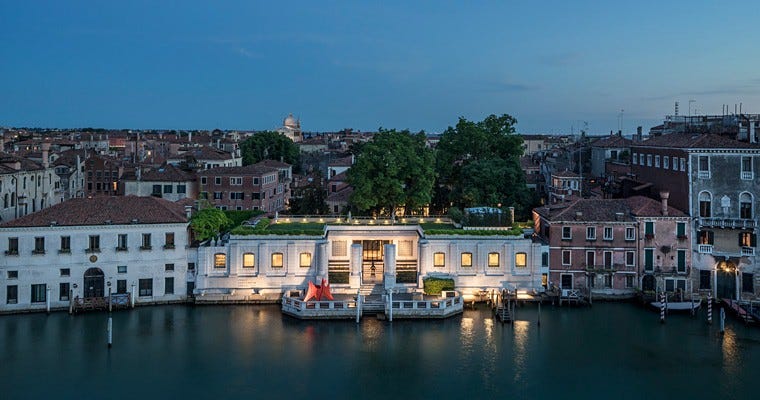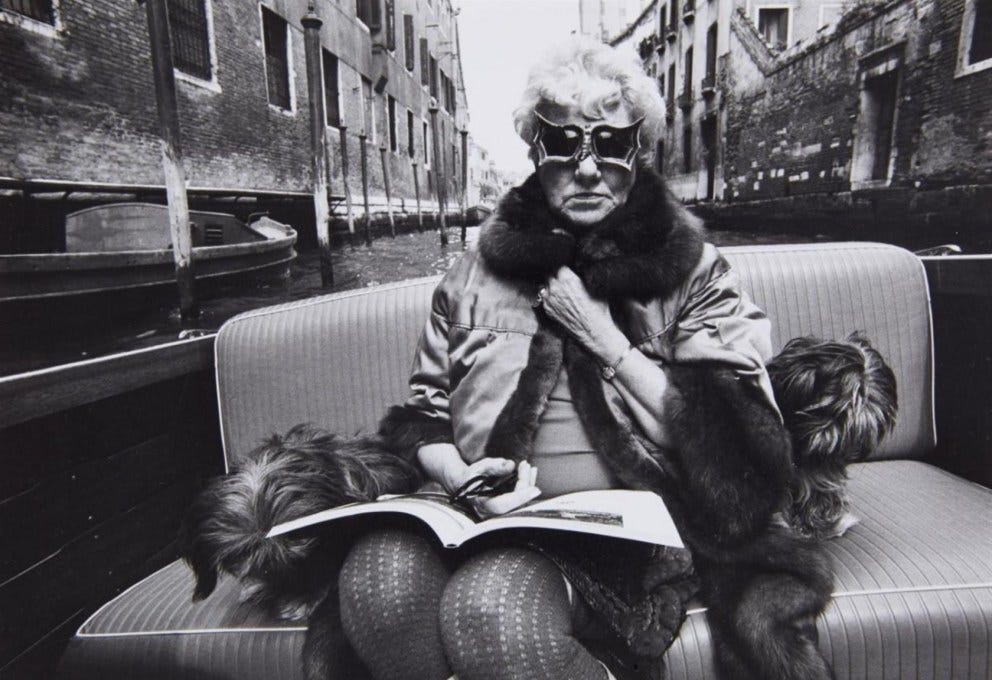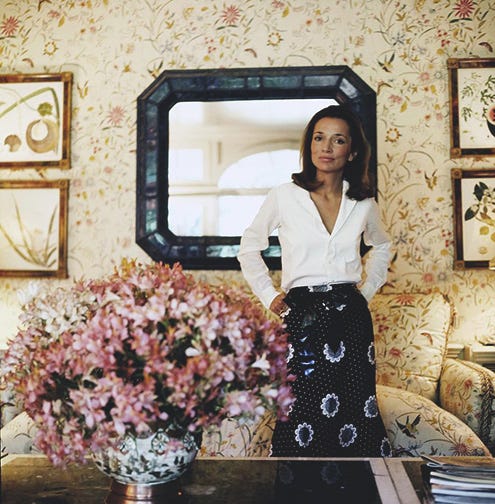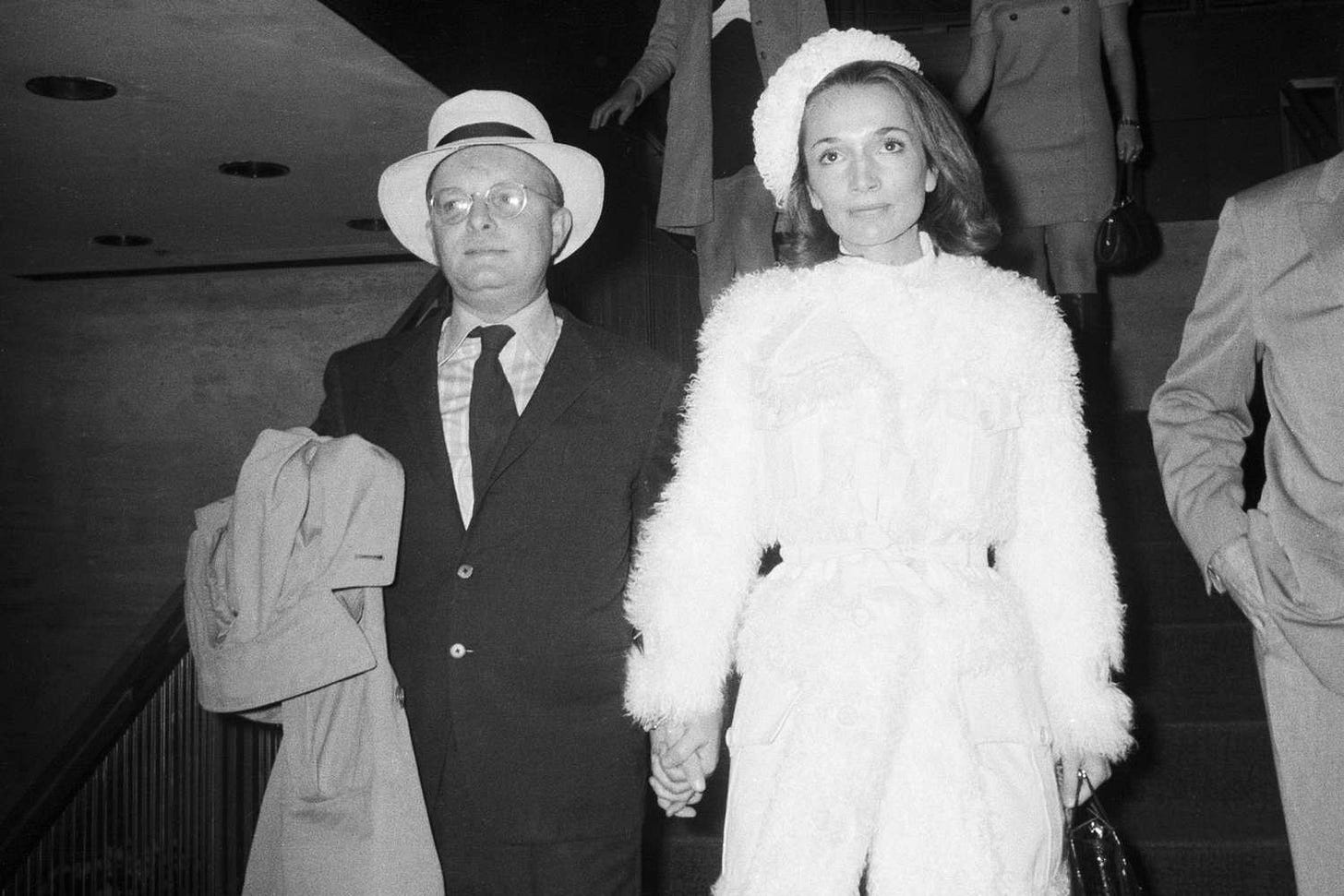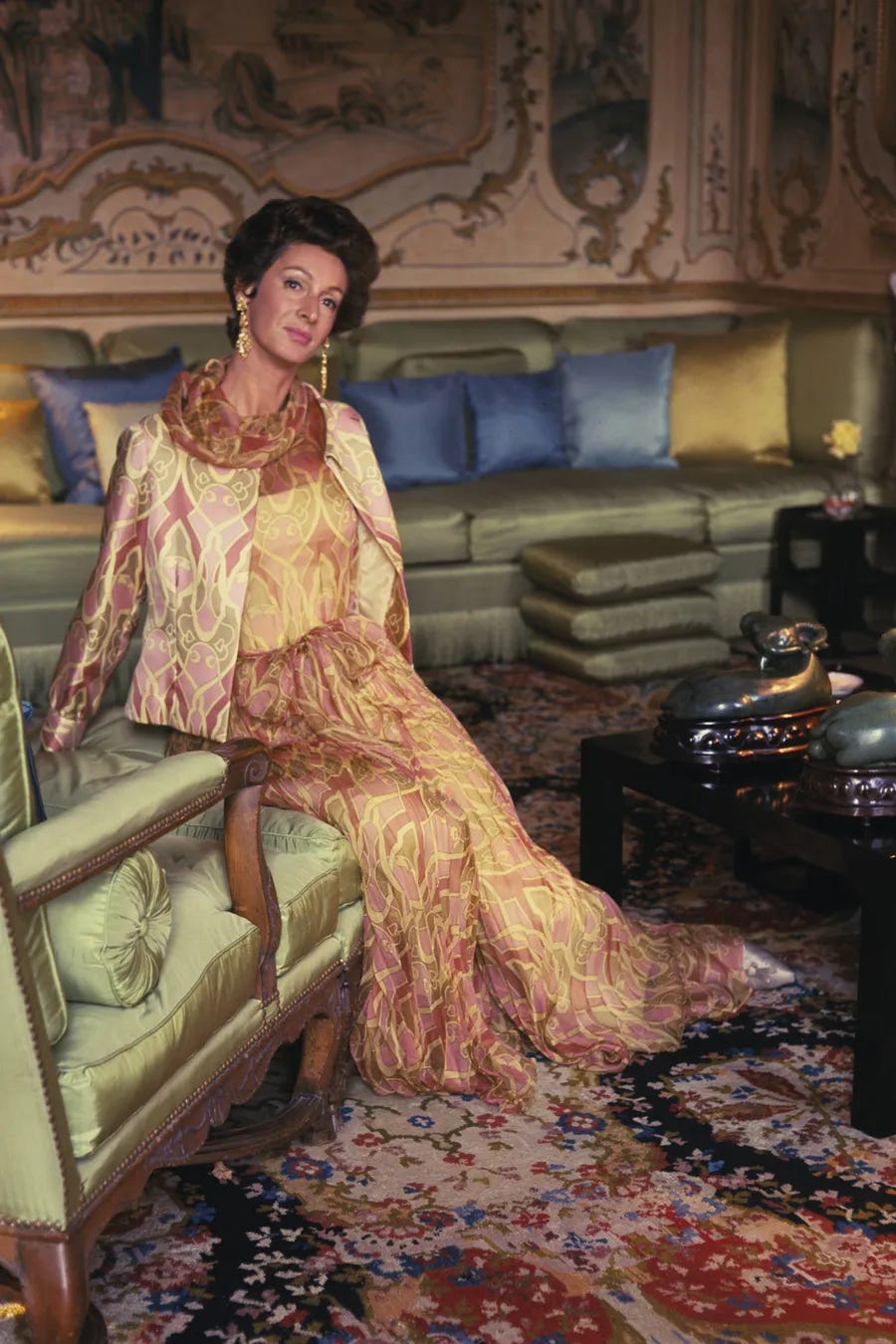I’ve always had the sense that everything looked better before. Aesthetically, at least. I know, it’s a bold statement… But think about it. We’re endlessly drawn to vintage, constantly looking back for inspiration, trying to recreate the magic. In the clothes we chase from previous years, the films and songs we return to, the interiors we keep going back to. The past always feels richer, slower, and more intentional.
And when it comes to hosting, the past inspires me the most. I’ve always been captivated by the rituals of old-school entertaining, the grace and glamour, and the women who truly mastered the art.
Hosting is never just a social act. It’s rooted in culture, in history and in the quiet traditions. And yet, some women made it feel natural, effortless. But that ease was never the whole story.
Today, I wanted to revisit a few of these women. Not just because they knew how to entertain, but they turned hosting into a language: a form of self-expression, of taste, of quiet (or not-so-quiet) power.
And who better to start with than Peggy Guggenheim, a woman known not only for her impeccable taste, but for the unconventional life she lived around her table.
Peggy Guggenheim
The Patron Provocateur
Step off a boat in Venice, and you can almost still feel her there: oversized sunglasses, silk caftan catching the breeze, her two Lhasa Apsos always following her. Peggy Guggenheim didn’t enter the world with politeness, she entered with presence. And her palazzo on the Grand Canal wasn’t just a home. It was a manifesto.
Peggy Guggenheim didn’t host in the traditional sense. She didn’t care about seating charts or floral arrangements. Instead, she gathered people: artists, writers, lovers, misfits, and was always setting the scene for something unpredictable. There was always champagne, often scandal. And always, conversation. Her dinners weren’t performances, they were experiments.
And that’s the thing. Peggy Guggenheim didn’t just support the avant-garde, she lived it. Her way of hosting was as radical as her collection. She didn’t curate tables, she curated life. She brought Max Ernst and Leonora Carrington to the same dinner. Duchamp might be seated next to a duchess. She turned her dining room into a creative bubble.
And yet for all the eccentricity, there was clarity. Her taste was her compass. She saw the value in things (and people) before the world did. And that was her gift. Peggy Guggenheim always remained herself: unapologetically bold, often misunderstood, but never boring.
The Lesson
Hosting doesn’t have to be perfect or polished to be powerful. You don’t need matching plates, a full-on flowerscape or the perfect menus. What makes a dinner unforgettable is the intention. Peggy Guggenheim didn’t host to impress, she hosted to connect, to stir things up. Her dinners reflected who she was: instinctive, unruly and unapologetically herself.
And that’s the real takeaway, hosting is a mirror of the hostess. The most memorable tables are the ones that feel personal. So whether you're serving caviar or takeaway, do it your way.
Lee Radziwill
The Queen of Understated Chic
You might not know her name, but you probably know her sister, Jackie Kennedy.
Lee Radziwill was a European princess by marriage and an American style icon by nature. She belonged to the exclusive circle Truman Capote famously called his “swans”: elegant, elusive, perfectly composed. If you’ve watched Feud: Capote vs. The Swans, you’ve seen a version of her (and if you haven’t, I highly recommend you do).
The show offers a glimpse into her world: salons, soirées and slow afternoons behind closed doors. A life of beauty but also one of quiet control. Lee Radziwill knew how to set the tone without raising her voice.
Her hosting was never grandiose but always meticulous. Intimate dinners, candlelight just low enough to flatter every guest, fresh flowers but never too many and agreeable never chaotic conversation. She placed people carefully that made you feel seen, not staged. Lee Radziwill had an instinct for balance, between warmth and detachment, luxury and simplicity.
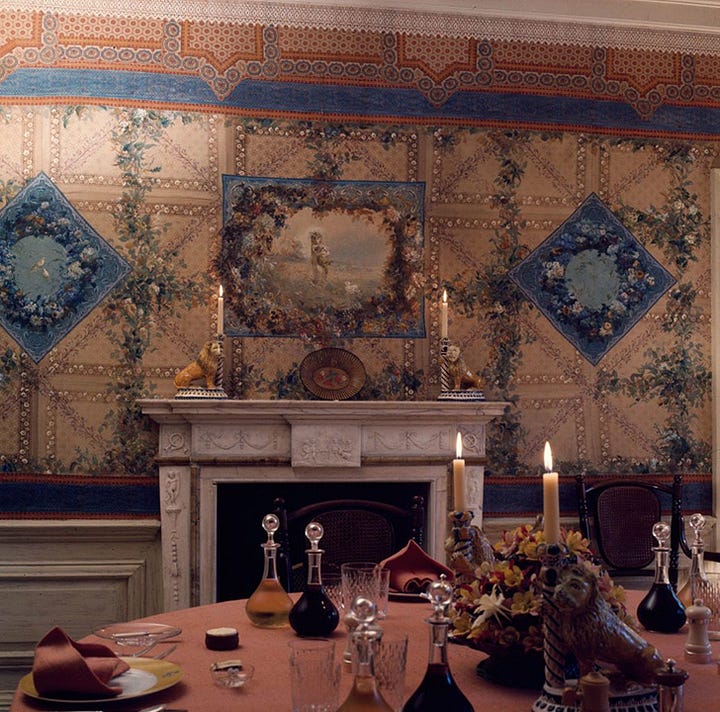
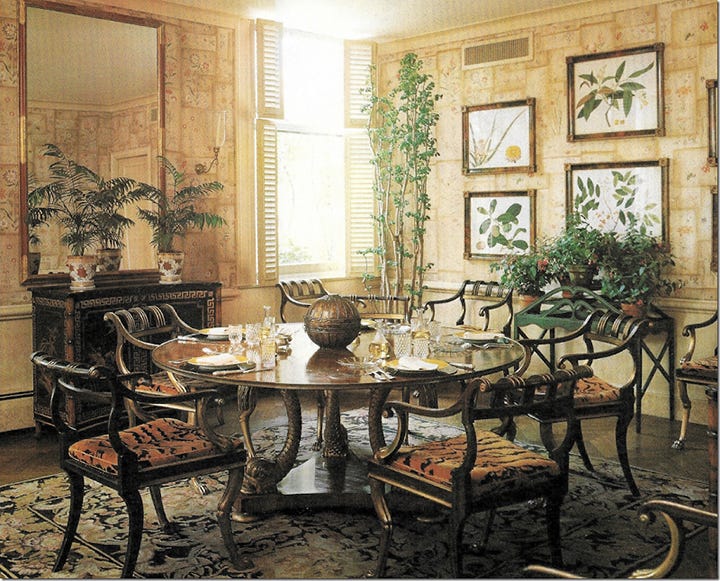
Though often in the public eye, Lee Radziwill kept most of her life elegantly guarded. She experienced fame, love, betrayal and loss but very rarely gave in to spectacle.
The Lesson
Lee Radziwill reminds us that the most compelling hostesses don’t always make a scene, they set the tone. She understood the power of what you don’t say, what you don’t display, what you choose to hold back. The dinner is about the guest and not about the hostess. In a world that often confuses hosting with performing, Lee Radziwill showed us that quiet confidence, paired with impeccable taste, is unforgettable.
Marella Agnelli
The Art of Quiet Elegance
She wasn’t loud, and she didn’t need to be. Marella Agnelli moved through life with a kind of serene precision: composed and reserved. Born Princess Marella Caracciolo di Castagneto, she later became the wife of Fiat chairman Gianni Agnelli, but her influence went far beyond society titles. She shaped a visual world rooted in proportion, old-school elegance, and grace.
Her homes, in Turin, Milan, Marrakesh or Saint-Moritz, embodied a kind of old-world European elegance: grand but never show, intimate but never casual. Imagine what Europeans summers and winters used to be: garden lunches beneath cypress trees, and cosy alpine dinners. Her tables were styled with quiet confidence: white porcelain, fresh-cut flowers, just what is needed.
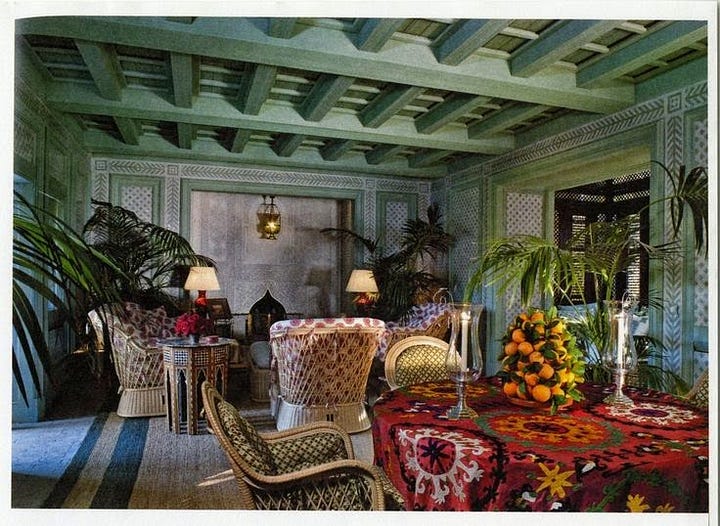

Marella Agnelli had a sharp eye and a strong sense of what felt right. She trained as a photographer and worked briefly for Vogue. Her tables were known to be quietly beautiful, never trying too hard. Being around her felt like everything had already been thought through, without ever feeling stiff. Exactly what is expected from a hostess.
The Lesson
Marella Agnelli reminds us that hosting doesn’t have to be elaborate to be beautiful. There’s a quiet kind of confidence in simplicity, in knowing what to leave out, and when to step back. Her tables didn’t try to impress. They made space for others to feel at ease. That was her magic: setting the tone without ever needing to be the center of it. Nothing was loud, but everything was just right.
Each of these women hosted in her own way. One bold, one discreet and one totally refined. But all three of them remind us the same idea: style means nothing if it isn’t personal.
Hosting doesn’t need to be perfect. It just needs to be honest. Easier said than done, maybe. But in simple terms, it’s not about getting every detail right, or creating some ideal version of what a dinner should look like. If you try too hard, or try to emulate something that isn’t really your style, it’ll feel off to your guests, and to you.
What made these three women unforgettable wasn’t perfection. It was their personalities. They each had a strong sense of self, and it showed. In the way they lived, the way they hosted, and the way they made people feel. Their tables weren’t just beautiful, they were always their own.
And that’s the kind of hosting that stays with you.
Stay cosy until next time, Jx.
If you like this please drop a ❤️ , share it with a friend, leave a comment, or subscribe! For more JOSI, you can follow us on IG.




